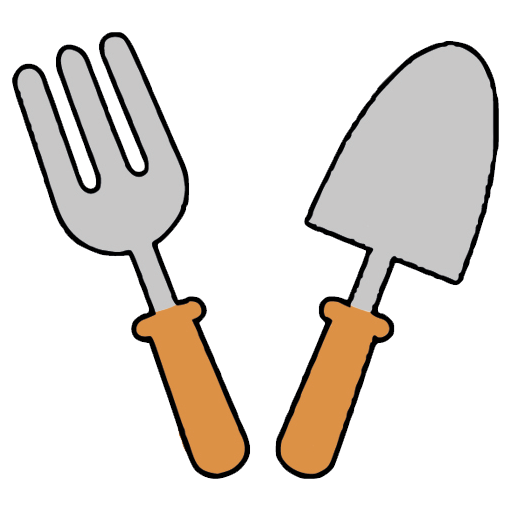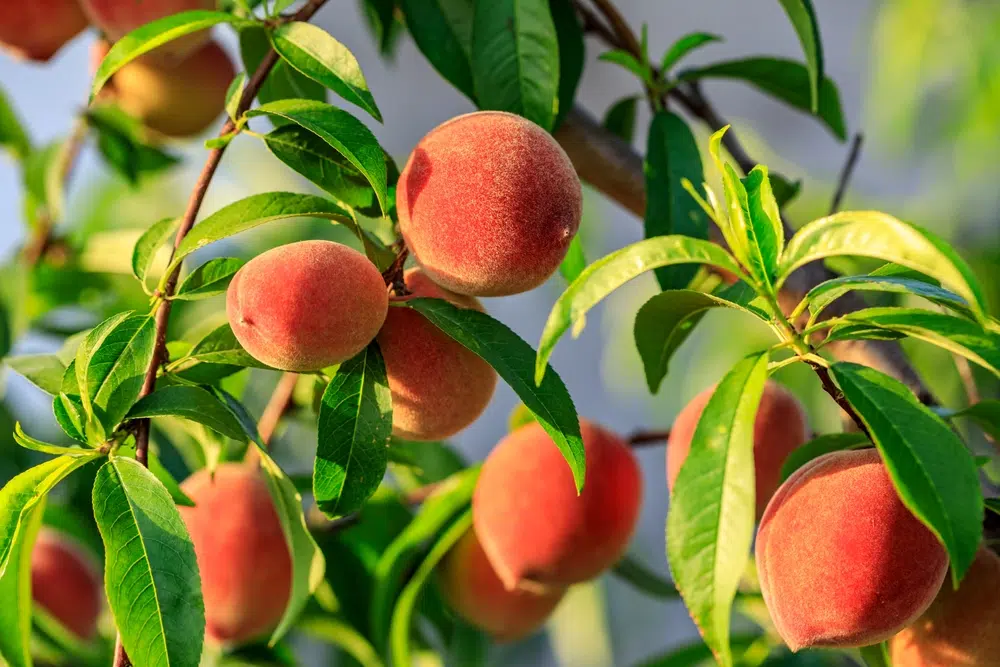Peach trees are a beautiful addition to any garden or orchard, providing not only delicious fruit but also a significant aesthetic appeal. Caring for peach trees may seem daunting initially, but with the right information, you can cultivate lush, healthy, and productive peach trees. This comprehensive guide will detail the necessary steps to successful peach tree care.
Contents
Choosing the Right Peach Tree Variety
The journey to successful peach tree care begins with choosing the right variety. Hundreds of peach tree varieties are available, each with specific growth habits, disease resistances, fruit characteristics, and care requirements. Some popular options include ‘Redhaven,’ known for its cold hardiness; ‘Elberta,’ valued for its prolific production; and ‘Hale Haven,’ renowned for its excellent fruit quality.
Research is critical at this stage. You need to consider your local climate, soil type, available space, and personal preferences regarding fruit size, taste, and texture. Your local extension office or nursery can provide valuable advice on the best varieties for your region.
Planting Your Peach Tree
Proper planting sets the foundation for a healthy peach tree. Peach trees thrive in well-drained soil with a pH range of 6.0 to 7.0. They prefer a sunny location that receives at least six hours of direct sunlight each day, as sunlight promotes healthy growth and fruit production.
The hole for the tree should be twice as wide and as deep as the root ball. This allows the roots to spread and establish quickly. Place the tree in the hole, making sure that the bud union is level with or slightly above the ground level. Then backfill the hole with soil, firming it gently to remove air pockets.
Watering and Fertilizing
Peach trees require deep watering approximately once a week. In arid regions or during dry spells, you may need to water more frequently. A layer of organic mulch around the base of the tree can help retain soil moisture and suppress weeds.
Fertilization is another crucial aspect of peach tree care. Apply a balanced fertilizer (such as a 10-10-10 formula) early in the spring when the buds begin to swell and then again after harvest. Regular soil tests can help identify specific nutrient deficiencies, allowing you to adjust your fertilization plan accordingly.
Pruning Peach Trees
Pruning is a vital practice to maintain the health and productivity of your peach tree. Pruning allows sunlight to reach the innermost branches, improves air circulation to prevent diseases, and encourages the growth of fruiting wood.
Pruning should occur in early spring before the buds break, removing dead or diseased wood, thinning crowded branches, and shaping the tree. The goal is to maintain an open, vase-like shape that allows light and air to reach all parts of the tree.
Managing Pests and Diseases
Peach trees can be susceptible to various pests and diseases, including peach leaf curl, brown rot, and peach tree borer. Regular monitoring is key to early detection and control of these problems.
Preventive measures, such as proper sanitation practices and the use of resistant varieties, can reduce the likelihood of these issues. If pests or diseases appear, you may need to use targeted treatments like fungicides or pesticides. Always follow the manufacturer’s instructions when using these products to ensure safety and effectiveness.
Harvesting and Storing Peaches
The culmination of your hard work is a bountiful peach harvest! Peaches are typically ready to harvest between July and September, although the exact timing can vary depending on your location and the peach variety.
Ripe peaches should be firm but give slightly when gently squeezed. The skin should have a uniform color, and the fruit should easily twist off the branch. It’s advisable to harvest peaches in the morning when it’s cooler to prevent bruising.
After harvesting, store your peaches at room temperature until they reach your preferred level of ripeness. Once ripe, peaches can be refrigerated to prolong their shelf life. Always handle peaches gently to prevent bruising and ensure the best quality.
In conclusion, peach tree care requires careful selection of the appropriate variety, proper planting techniques, diligent watering and fertilizing, regular pruning, proactive pest and disease management, and timely harvesting. With the right knowledge and a bit of effort, you can enjoy the delightful experience of picking and savoring your very own homegrown peaches!


